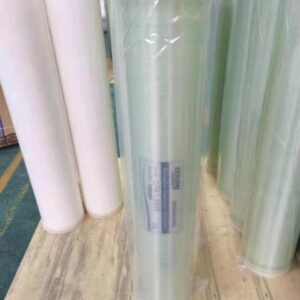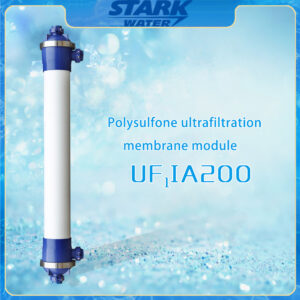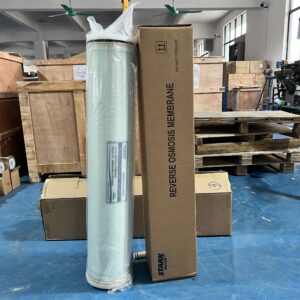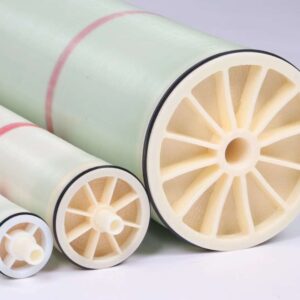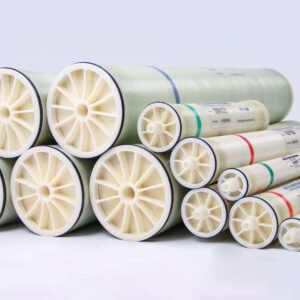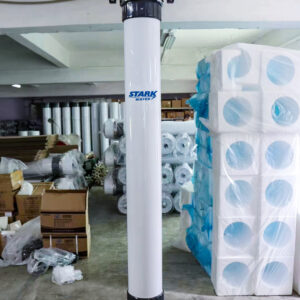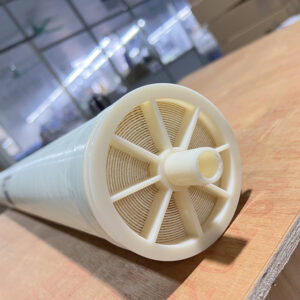Solution Category: RO Membrane Solutions: Replacement, Cleaning, Troubleshooting
RO Membrane Solutions: Replacement, Cleaning, Troubleshooting
This page helps plant managers and buyers decide when to replace, how to clean, and how to troubleshoot an RO membrane with acceptance criteria you can sign off. You’ll find checklists, chemistry limits, a symptom-to-cause matrix, and model guidance for 4040/8040 in BWRO or SWRO service.
Guides in this Hub
These are the most-read guides in our ro membrane solutions hub. Open any article for step-by-step procedures, acceptance criteria, and downloadable checklists.
Replacement — When, How, and What “Good” Looks Likea
When to replace instead of clean
After proper CIP, normalized permeate flow cannot be restored to 90–95% of the clean baseline.
Rejection fails site spec or datasheet repeatedly after CIP.
Confirmed oxidation or mechanical damage (e.g., telescoping, end-cap leak).
Lifecycle: typical 2–5 years depending on feed quality and ops profile.
What you’ll need (operator checklist)
PPE, torque spec for vessel end-caps, approved lubricant, O-rings/interconnectors, push rod, tags and log sheets.
Step-by-step changeout (field language)
Acceptance criteria after replacement
Normalized permeate flow ≥ 90–100% of clean baseline at reference temperature.
Salt rejection meets datasheet/site limit.
ΔP per stage within supplier limits; no abnormal rise during stabilization.
Leak-free end-caps and interconnectors.
Customer helps: PDF Replacement Checklist download; cross-link to 4040 vs 8040 page for couplers and tube IDs.










